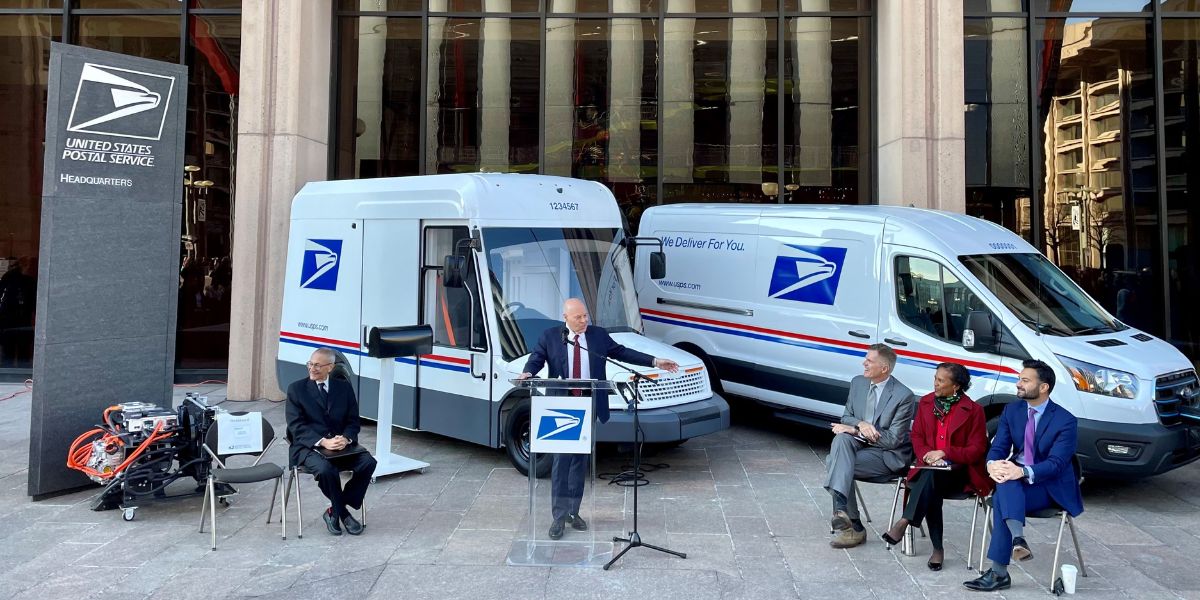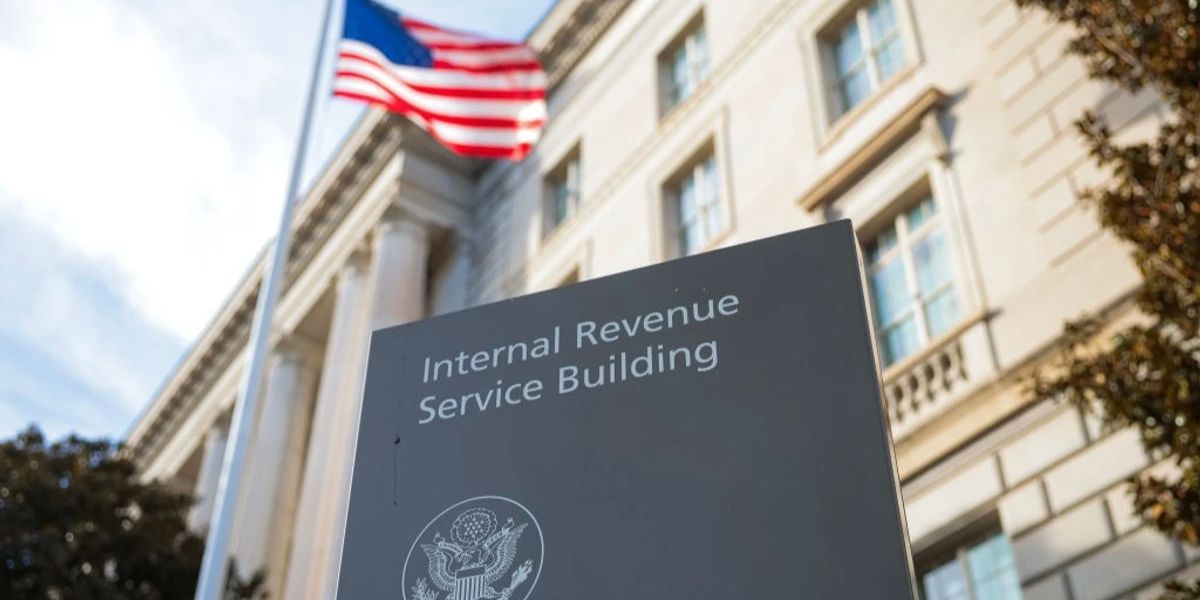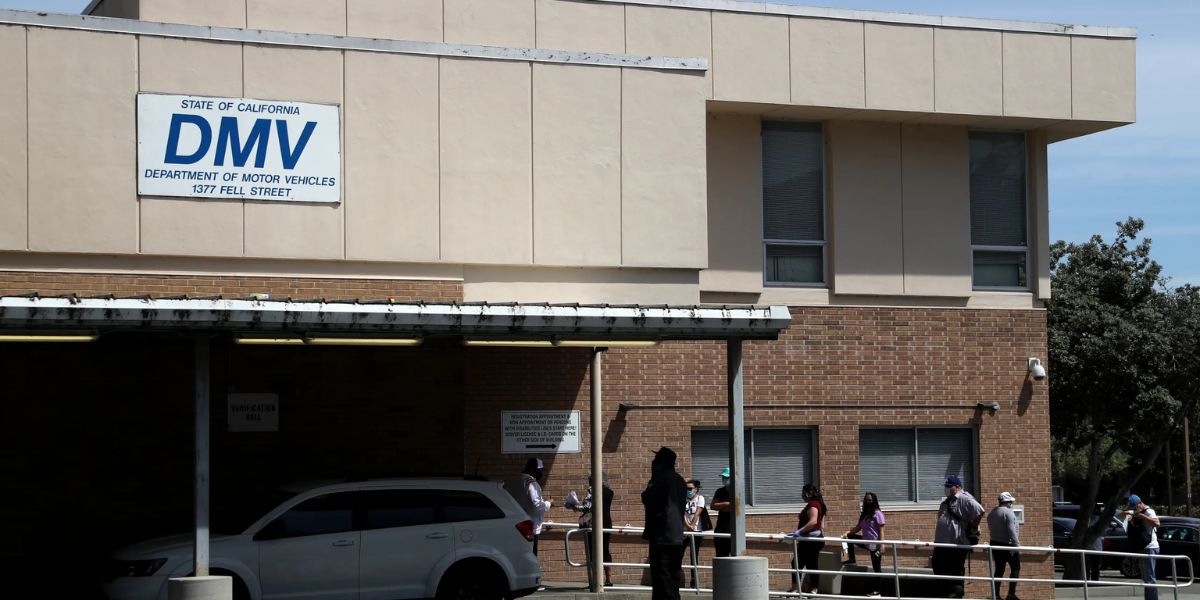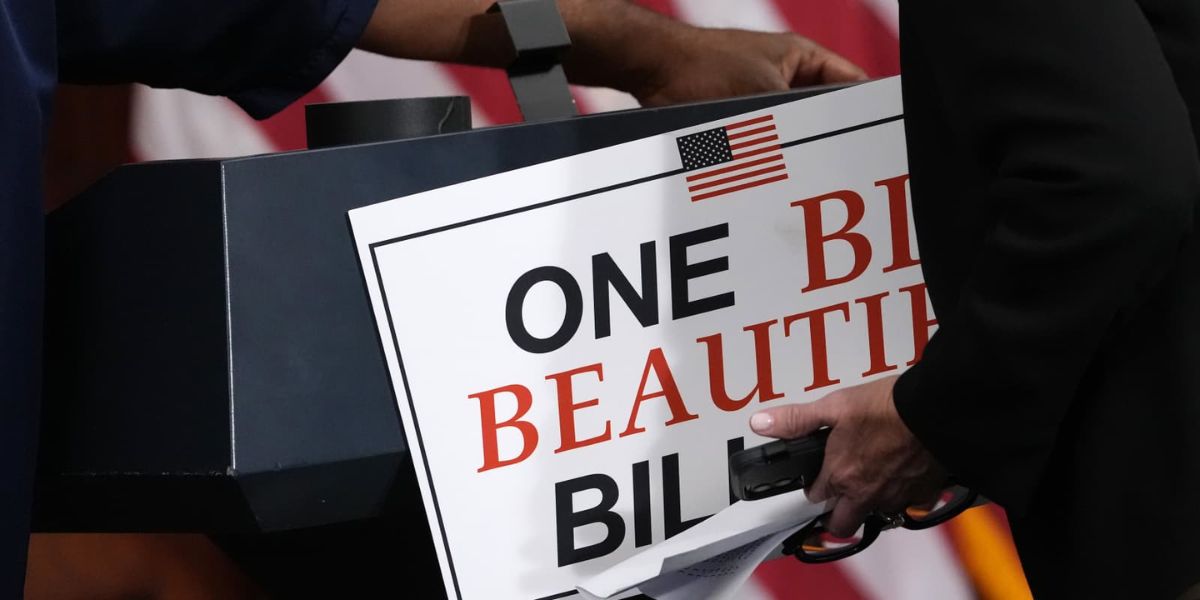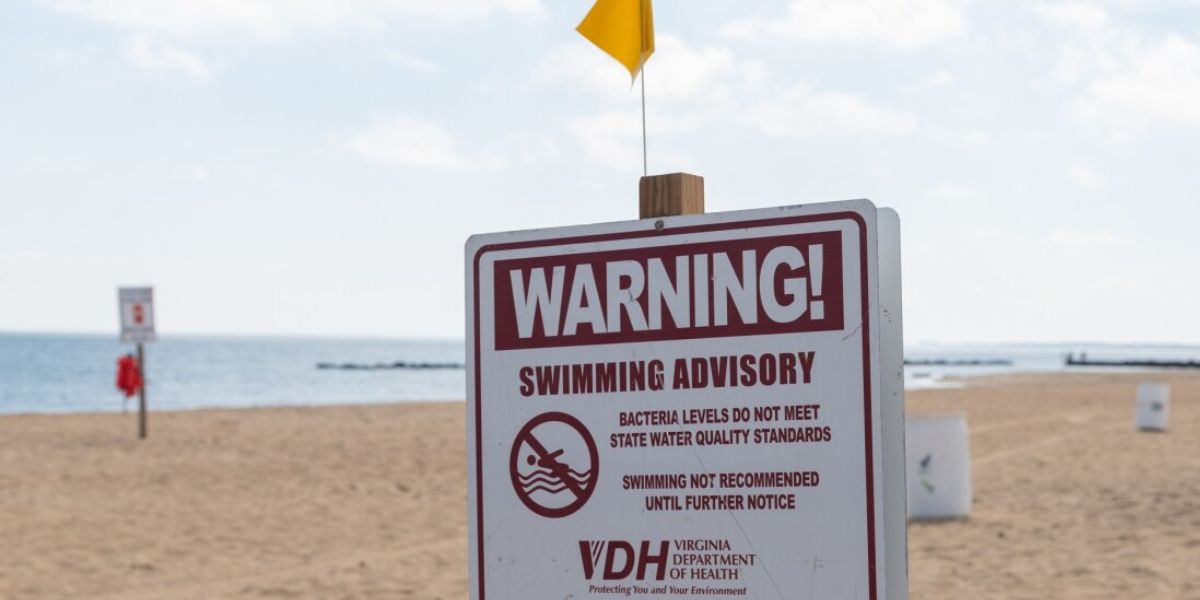WASHINGTON, D.C. — A Senate Republican bill introduced to enact President Trump’s second-term agenda includes a provision that would force the U.S. Postal Service (USPS) to sell off its recently acquired fleet of electric delivery trucks and cancel or significantly amend the contract for the remaining 58,800 trucks slated to be delivered over the next decade.
The provision, if passed, could undermine efforts to modernize the Postal Service’s fleet, potentially setting back environmental and cost-saving measures.
The Issue: Selling Off the Electric Vehicles
The U.S. Postal Service began rolling out its long-awaited electric vehicle (EV) fleet in September 2022. By June 2023, more than 7,200 electric vehicles had been distributed as part of a plan to modernize the Postal Service’s aging fleet.
However, a provision tucked inside the Senate Republican bill would require USPS to sell the electric vehicles, with the proceeds going to the general fund of the treasury.
The bill, introduced by Senator Rand Paul (R-Kentucky), the chair of the Homeland Security and Governmental Affairs Committee, argues that selling the electric vehicles and related infrastructure would “cut unnecessary costs” and refocus the USPS on its core mission: delivering mail.
The bill further claims that the electric vehicle program is driven by the Biden administration’s environmental initiatives, which it describes as unnecessary for the Postal Service’s operation.
USPS Response: Major Concerns Over the Impact
The proposal has sparked significant concern from the Postal Service and its supporters. Peter Pastre, Vice President of Government Relations and Public Policy for USPS, wrote a letter to the Senate warning that the provision would “make major and damaging changes” to the Postal Service’s vehicle fleet.
He emphasized that it could potentially harm the Postal Service’s ability to deliver mail to millions of Americans and complicate its efforts to replace an aging fleet of over 200,000 vehicles.
“The Postal Service has over 200,000 vehicles in an outdated and aging fleet. Using EVs will reduce fuel and maintenance costs and help the USPS better serve the public,” said Mark Dimondstein, president of the American Postal Workers Union. He warned that eliminating the EVs would be a step backward for the agency and for the communities it serves.
Financial Concerns: Potential Costs and Setbacks
Proponents of the bill argue that selling the 7,200 electric vehicles could generate funds by rescinding a $1 billion allocation from the Biden-era Inflation Reduction Act, which was earmarked to help USPS purchase the EVs.
However, Peter Pastre countered that it would cost more than $450 million to replace the 7,200 vehicles, and USPS had already spent over $540 million on electrical upgrades to support the charging infrastructure.
Pastre pointed out that most of the vehicles are specially designed for the USPS, including right-side driving for mail delivery, and that the infrastructure supporting the fleet is mostly buried underground. These factors make the potential proceeds from auctioning the vehicles “negligible.”
Political and Legal Implications: Byrd Rule and the Senate Parliamentarian
The bill is being considered under budget reconciliation rules, which allow Republicans to pass it with a simple majority. However, every provision in the bill must have a budgetary impact to meet the criteria of the Byrd Rule, which restricts certain provisions from being included in the bill.
Senate parliamentarian Elizabeth MacDonough ruled that the provision to sell the USPS EVs violates the Byrd Rule, adding a layer of complexity to the bill’s passage.
Democratic Senator Jeff Merkley (Oregon) criticized the proposal, calling it a “lose-lose scenario” that would reverse progress on clean energy and result in greater costs for the USPS to replace the vehicles.
Despite this, Republicans argue that the sale of the vehicles could help reduce the overall costs of the USPS’s modernization program.
A Long-Term Debate: EVs and Postal Service Modernization
Since 2015, the USPS has been working to modernize its fleet of more than 200,000 vehicles, many of which are 25 years old or older. The initial plan proposed by USPS in 2021 involved replacing 90% of the fleet with gas-powered vehicles.
However, environmental groups and several states filed lawsuits, arguing that the decision ignored the need for cleaner, more fuel-efficient vehicles.
Under pressure, the USPS revised its plan and in late 2022, it finalized a deal to purchase 106,000 new vehicles, with 66,000 of them being zero-emissions electric vehicles. The initiative was supported by $3 billion allocated from the Inflation Reduction Act.
1.9 Million Fentanyl Pills Seized Over 18 Months, San Diego Sheriff Reports
What’s Next: The Future of USPS Fleet Modernization
The future of the USPS’s electric vehicle program now hangs in the balance. While the provision to sell off the vehicles faces legal challenges and political pushback, it remains a significant part of the ongoing debate over the Postal Service’s modernization efforts.
Supporters of the EV program argue that it’s a critical step toward reducing costs and improving the agency’s environmental footprint, while critics view it as an unnecessary expense.
Dan Becker, director of the Safe Climate Transport Campaign at the Center for Biological Diversity, emphasized the importance of continuing the shift toward electric vehicles for USPS. “It’s important that EVs be part of the mix for the USPS because it should represent the next generation,” Becker said.
What Do You Think?
Should Congress allow the Postal Service to continue investing in electric vehicles, or should the fleet modernization plan be altered? Share your thoughts in the comments below on RidgecrestPact.org.

